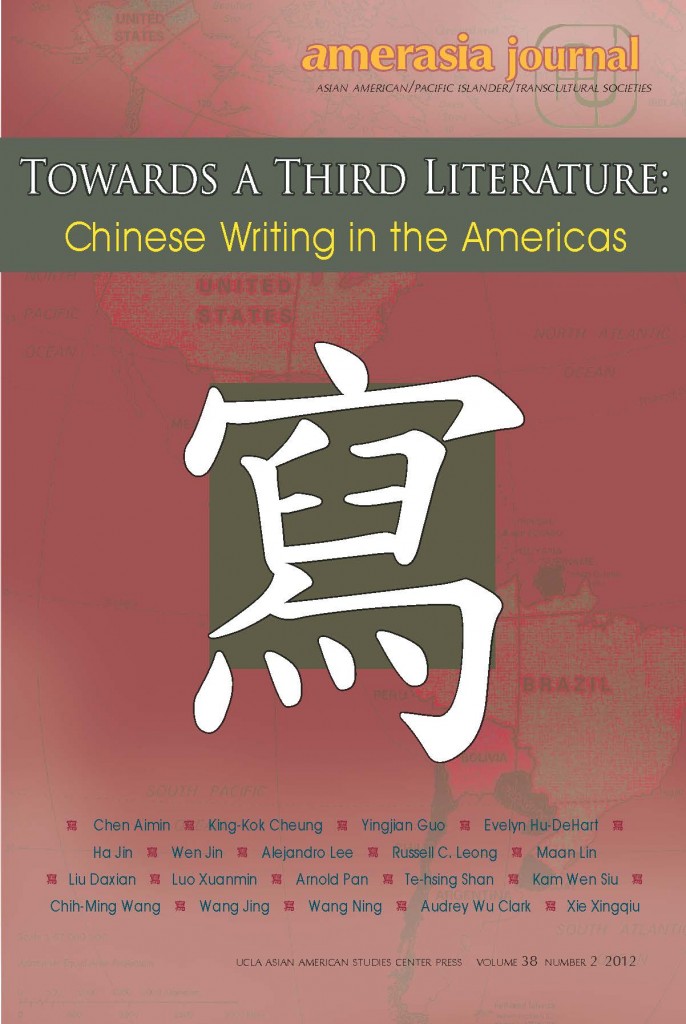 The UCLA Asian American Studies Center Press is proud to announce the release of Amerasia Journal Issue 38:2…
The UCLA Asian American Studies Center Press is proud to announce the release of Amerasia Journal Issue 38:2…
“Towards a Third Literature: Chinese Writing in the Americas”
The latest issue of Amerasia Journal is an unprecedented international collaboration for Amerasia Journal, bringing together authors and intellectuals from China, Taiwan, Latin America, and the United States to consider the impact of national and cultural identities on literary practice. Examining a diverse range of works written in Chinese, English, and Spanish from the beginning of the twentieth century to the present, the essays collected in this volume document the independent intellectual and political positions the Chinese outside of China have taken in the global arena. Spearheaded by guest editors Evelyn Hu-DeHart (Brown University), Russell C. Leong (UCLA and Hunter College), and Wang Ning (Tsinghua University), the volume is a truly transnational endeavor that crosses geographical, linguistic, and disciplinary borders, offering insight into how Chinese and Asian American literature is received at many sites throughout the Pacific.
“Towards a Third Literature” features selections by internationally known writers of Chinese descent, as well as current research being undertaken by prominent critics as well as emerging scholars in Chinese and Asian American literature.
* A forum on award-winning author Ha Jin, who himself contributes an original piece to the issue. Participants in the forum include leading scholars in Asian American literature from the U.S., China, and Taiwan: King-Kok Cheung (UCLA), Yingjian Guo (Minzu University, Beijing), and Te-hsing Shan (Academia Sinica, Taipei).
* Original English and Chinese translations of renowned Chinese Peruvian author Kam Wen Siu by Maan Lin (CUNY Queensboro Community College).
* Comparative approaches to Chinese diasporic literature from multiethnic, transnational, and historical perspectives.
* Detailed studies of how migration to the United States influenced the work of Chinese authors, from Eileen Chang to members of the Baodiao movement of the 1970s.
Copies of the issue can be obtained by ordering via phone, email or mail. This issue of Amerasia Journal costs $15.00 plus shipping and handling and applicable sales tax. Please contact the UCLA AASC Press for more detailed ordering information.
UCLA Asian American Studies Center Press
3230 Campbell Hall
Los Angeles, CA 90095-1546
Phone: 310-825-2968
Email: aascpress@aasc.ucla.edu
Blog: http://www.amerasiajournal.org/blog/
Facebook: http://www.facebook.com/AmerasiaJournal
Amerasia Journal is published three times a year: Winter, Spring, and Fall. Annual subscriptions for Amerasia Journal are $99.99 for individuals and $445.00 for libraries and other institutions. The annual subscription price includes access to the Amerasia Journal online database, with full-text versions of published issues dating back to 1971.
Instructors interested in using “Towards a Third Literature” or other issues of Amerasia Journal in the classroom should contact the above email address to request a review copy

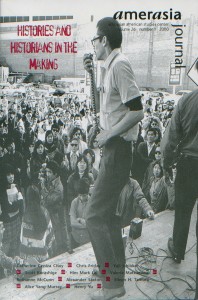
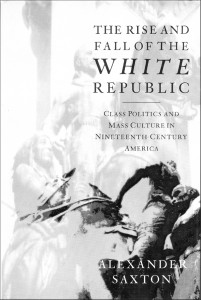

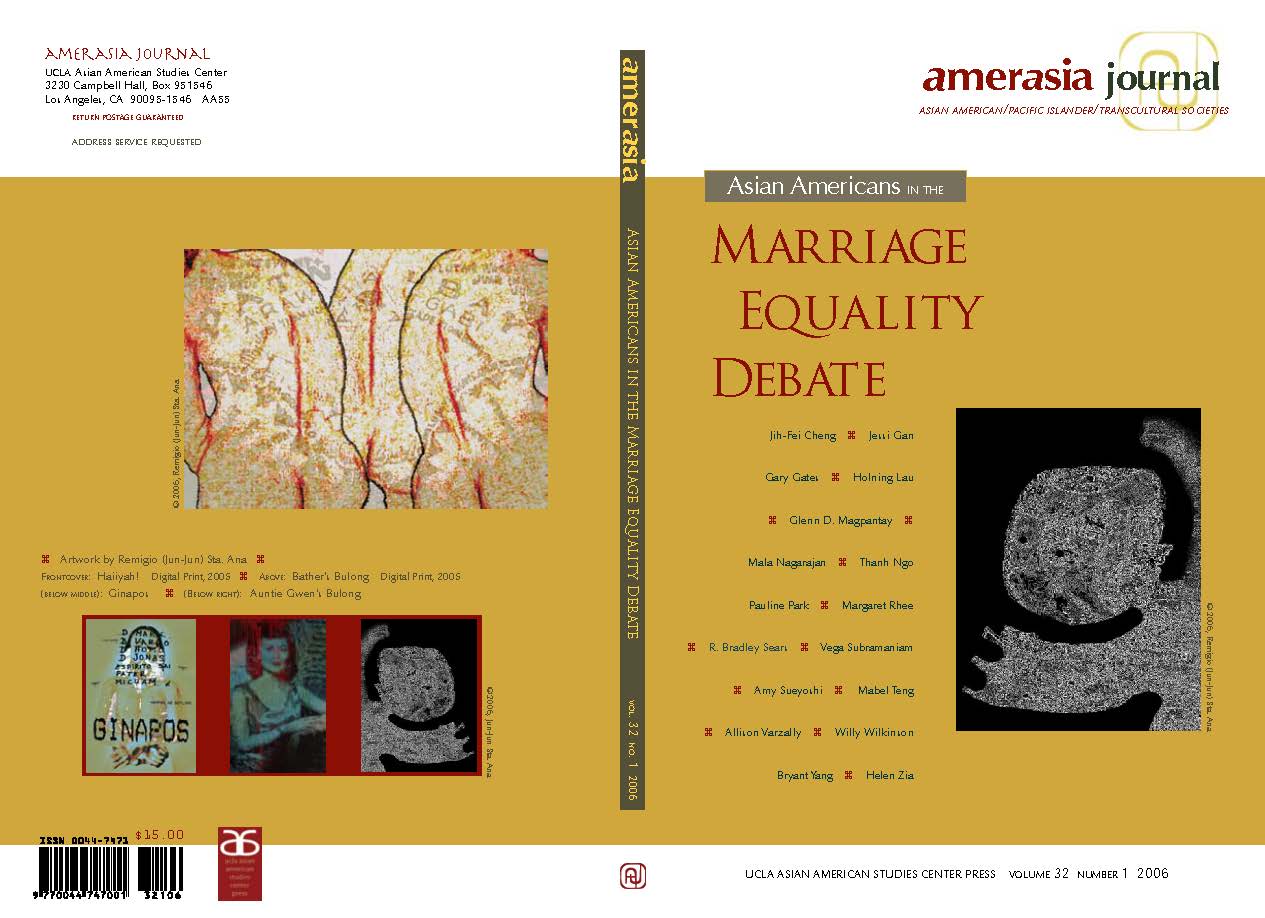
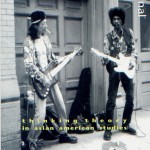
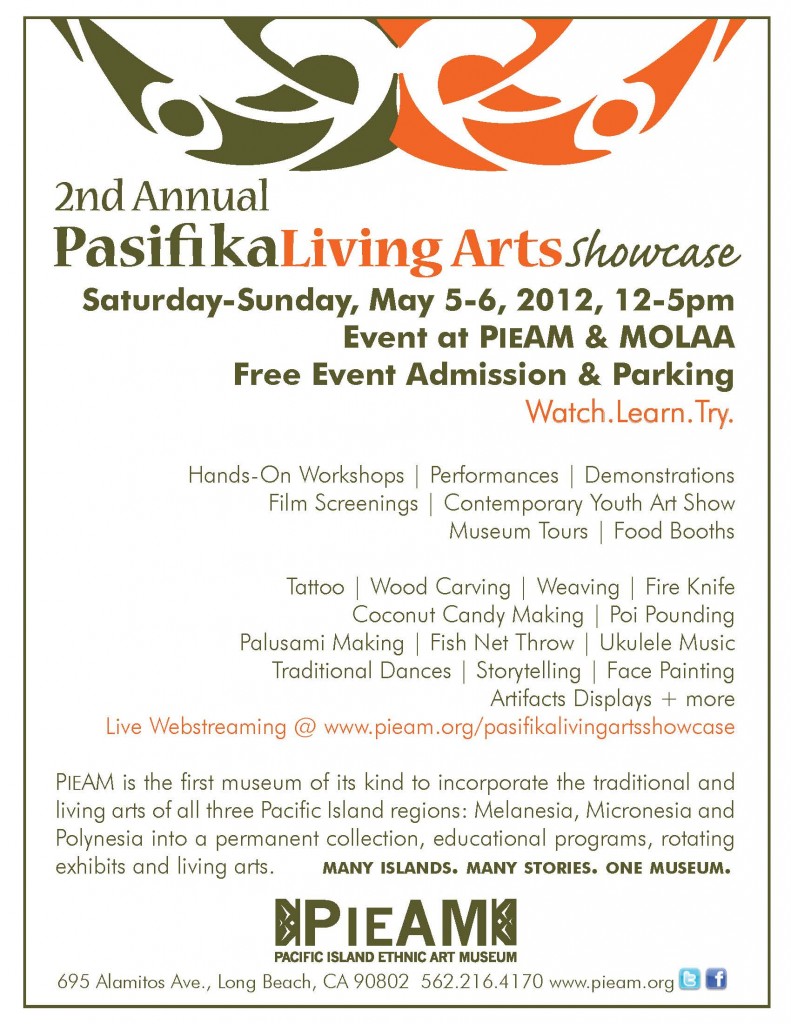
 Our colleagues at the
Our colleagues at the  Amerasia on Facebook!
Amerasia on Facebook!